Meet 5 of Britain's Most Poisonous Plants
Posted on 24/06/2020
What is the Most Poisonous Plant to Humans in England
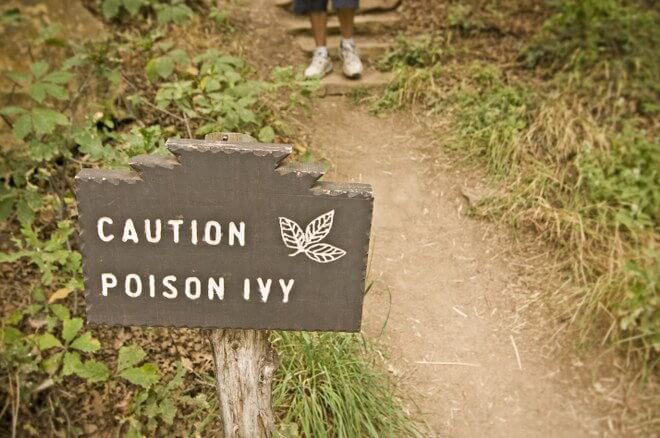
English people are a nation of gardeners. Experimenting with plants and including different plant types in landscaping is what defines numerous areas of the country. It all sounds great till the moment you realise that there are in fact some very dangerous plants out there that may put your health at risk.
The countryside holds a certain charm, but also some potential dangers like the poisonous plants that grow out in the wild, as well as in gardens. Gardening experts have long identified some of them and the effects they have on human health - in some cases slight discomfort, in others - death. If you are a novice gardener, the least you can do is get familiar with the troublesome plants and avoid them at all costs:

- Foxglove - the most common place to find foxglove is in hedgerows and woodlands. It is widely recognised for the purple flowers, which are also the reason why these are often planted in gardens. It is hard to imagine that this plant, with its rosette growing leaves and tall flowers, is in fact dangerous to humans. Mere skin contact can immediately cause irritation, while swallowing the plant leads to further problems, such as diarrhoea and vomiting in addition to slow heart rate and possible heart attack. It is hard to imagine, but this dangerous beauty is used for the development of drugs that treat various heart conditions. It’s safe to say that the plant has saved more lives than it’s taken, but that doesn’t mean you should be careless around it.
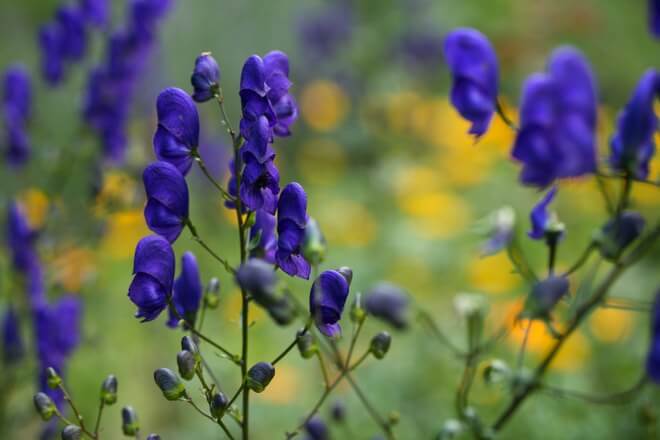
- Wolfsbane - this one belongs to the Aconitum genus, of which all plants are in fact poisonous. Garden care experts of the country recognise it by its hooded flowers (coloured in purple) and large leaves with rounded lobes. And while novice gardeners often feature this plant in their gardens, they are hardly aware that it is among the most toxic plants in the country. It contains toxins which slow the heart rate significantly. When eaten, the plant causes stomach upset. Contact with the skin, particularly through an open wound, can also spread the poison through one’s body. It is best handled with gloves and never with bare hands.
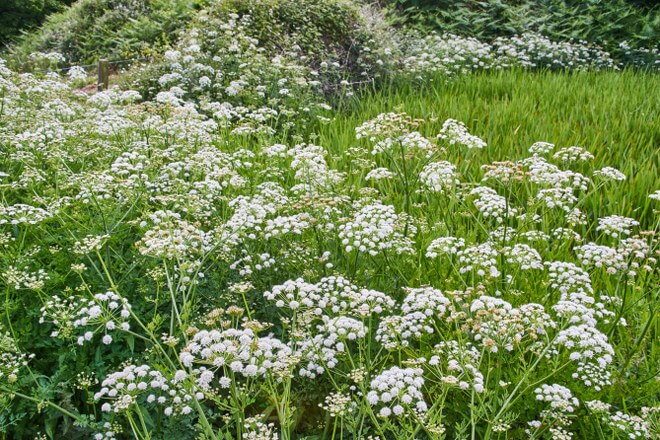
- Hemlock - even though this plant is not native to the country, it can still be seen in numerous areas. It is commonly seen growing by riverbanks and in ditches, as well as rubbish fields and other disturbed ground. Its white flowers and carrot-like leaves may look cute, but they are potentially very dangerous. When eaten, the plant causes sickness and lung paralysis, which may be fatal.
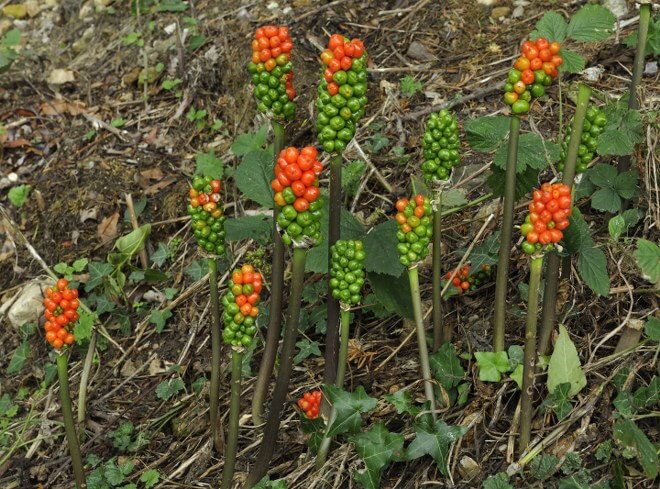
- Cuckoo Pint - often times called ‘Lords and Ladies’, this plant can be found growing in hedgerows and woodlands. Its flowers are poker-shaped and have a green leaf-like hood surrounding them. These are the harmless parts of the plant. The orange and red berries that it grows are what make it dangerous. Despite the fact they look tasty you should avoid them at all costs, as they can cause irritation to the mouth, breathing problems and stomach unease. If there is such a plant growing nearby, do some garden maintenance and remove it, as that would be for the best.
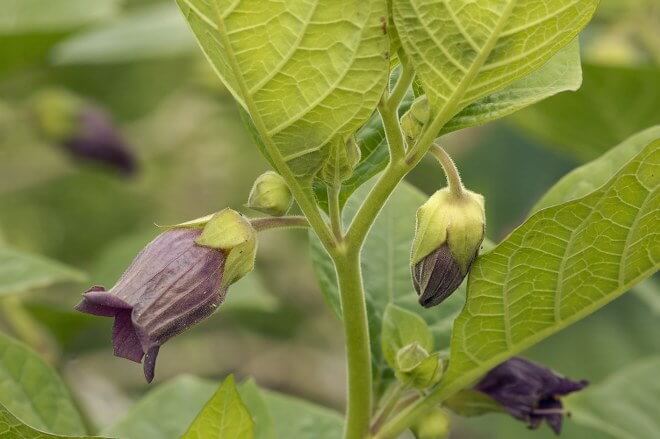
- Deadly nightshade - this shrubby plant is largely popular in the eastern, western and central parts of the country. It has flowers shaped in the form of bells and tiny black berries, which help gardeners distinguish it from other plants. Dilated pupils, rashes and loss of balance are the initial symptoms this plant causes after one comes into contact with it. At a later stage, the side effects escalate to convulsions and hallucinations. In medicine, the plant is used for the creation of atropine - used to dilate the pupils during eye examination.
You may have seen some or all of these plants growing in your garden or the countryside. Now you know that you should avoid contact with them, as they can have a nasty impact on your health.






 Certified and experienced landscapers
Certified and experienced landscapers



 Get a Quote
Get a Quote